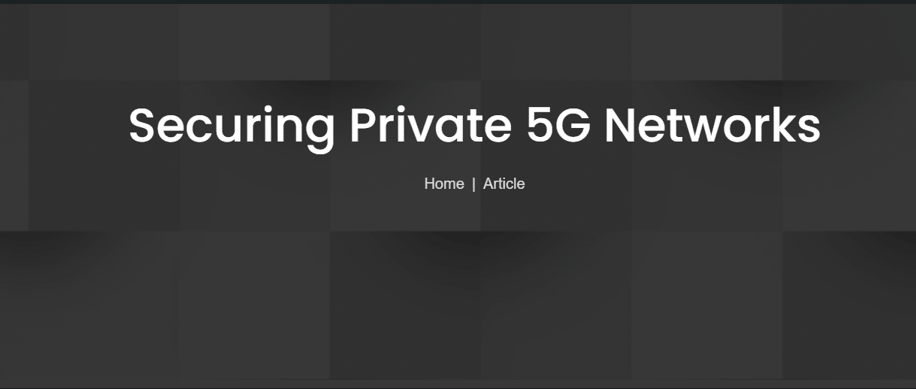
Comprehensive 5G Security Solutions
As businesses transition into the era of 5G technology, security becomes a paramount concern. With the faster speeds and low latency of 5G networks

© 2024 Crivva - Business Promotion. All rights reserved.